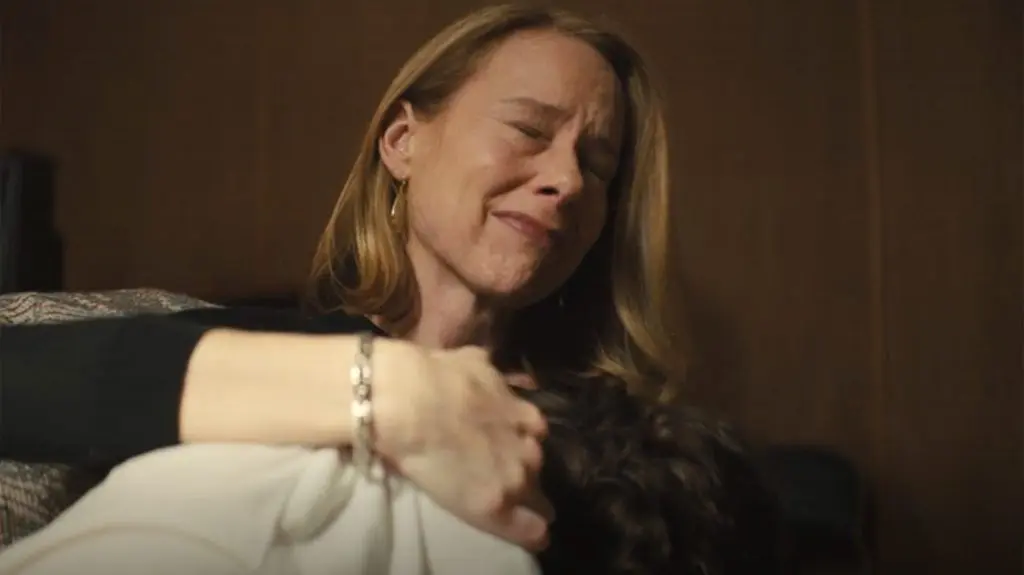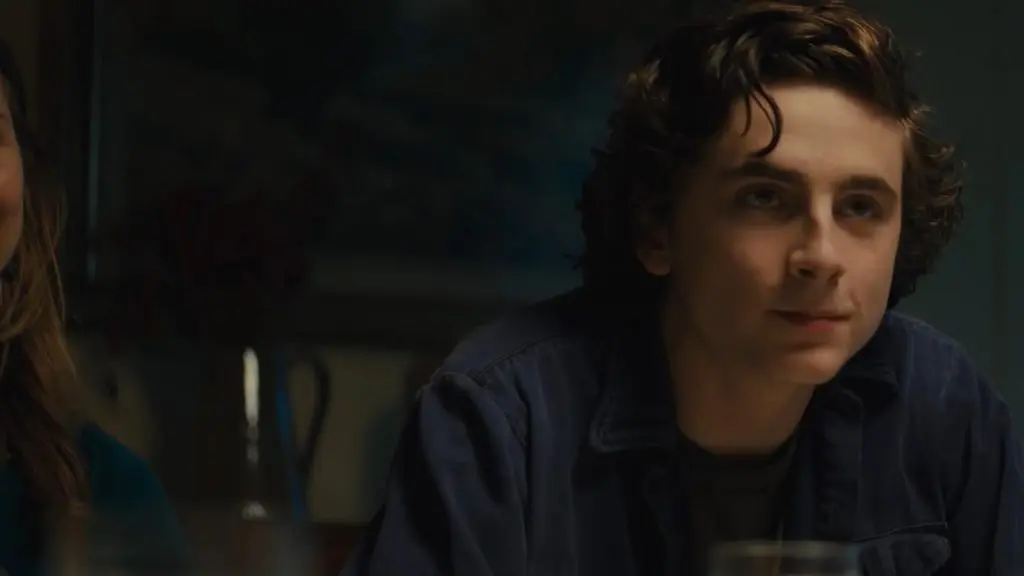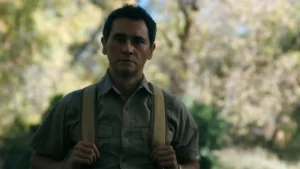Summary
Beautiful Boy’s clinical, almost cold approach may rub some people the wrong way, but the film does an admirable job showing the lack of control a parent would have with addressing their child’s substance abuse issues.
Imagine running into a friend after 20 years, and you notice they have aged in a way that is almost accelerated. They have lost a dramatic amount of weight. Are always thirsty because they are grinding their teeth, and the teeth may look yellow or even black. They are constantly scratching themselves all over, causing sores to pop up all over their arms and body. Are you picturing it? Now, imagine the person you are talking to is your 17-year-old son, who used to be your Beautiful Boy.
Beautiful Boy is based on the work of award-winning writer David Sheff. A highly respected journalist decided to write a memoir chronicling his son’s struggle with drug abuse. The Beautiful Boy is his son Nicolas. A teenager who is a developing writer and overall creative kid. He has good grades. Nicolas acts in school plays. He even participates in school athletics, draws almost sardonically comical pictures while also being editor of his school newspaper. He was a beautiful child. Some might even say pretty. He has big brown eyes, big, bouncy dark curls, a smile that would melt any parent’s heart. So, when David found out Nicolas abused alcohol, used mood stabilizers, then slowly but surely graduated to smoking crystal meth, the perfect life he had envisioned for his son is slipping away, and his world is turned upside down.
One of the main criticisms of Beautiful Boy is the almost cold, clinical approach that David Sheff takes with trying to figure out and solve his son’s addiction issues. When you see yourself in your son, it must be hard to think about what happened to turn to these hard drugs. David turns to the only thing he knows how to do. Investigating the problem using his skills as a journalist after grasping at straws without coming up with easy answers. He consults a psychologist (played by Timothy Hutton). He explains that after showing David brain scans of meth addicts, his boy has less than a 10% chance of beating this addiction.
Director and co-writer Felix Van Groningen (The Broken Circle Breakdown) does an admirable job of showing you the lack of control parents have when dealing with their offspring’s substance abuse issues. While the film specializes in the view from the parent’s side, it falls short of expectations while truly showing you the physical toll it takes on Nick. There is no dramatic loss in weight from hunger or being depressed from the disease.
Nicolas doesn’t have any sores on his body from scratches. This develops from the tingling sensations beneath the skin from their meth use. Nicolas’s teeth should be yellow or blackened from the lack of saliva produced due to the addiction. None of these physical signs are present during the film. An argument can be made that this may result from this happening through David’s eyes. It’s a memory plays if you will. As he wants to think about that time with his son without any imperfections other than emotional. It’s more of a missed opportunity that is more insincere than anything.

The film’s script can be frustrating. There are also scenes within the film that don’t ring true, while others can be refreshingly honest. For instance, Nicolas asks his father for money at a local restaurant, often frequented through his childhood, and an emotional argument ensues. David and Nicolas are unaware of their surroundings; David doe does not speak in a low, hushed voice so others won’t hear.
For a parent who is so worried about the aesthetics of having a son who is a drug addict, he doesn’t seem to mind yelling about it in a public place. Nor do the other customers or employees at the restaurant care that the outburst had occurred. On the other hand, it is enlightening to have a film address the financial costs of treating addiction. For instance, when David tries to find the best care for his son, a facility in New Mexico charges over $45,000 a month for their services and immediately acknowledges he can’t afford it.
When it comes down to it, there are some wonderful performances within the film’s structure. Beautiful Boy allows Steve Carell and Timothée Chalamet to feature their immense talents by painting a picture of a parent trying to understand what his son is going through and the lack of control each has in their lives. Maura Tierney has been a solid actress in television and films for years. She is particularly moving here as a stepmother who tries to protect her family from a son she did not bear.
The real show stopper, though, might be veteran actress Lisa Gay Hamilton (The Practice). She only has a handful of seconds to practically steals the film from the leads. She does this in a scene in a support group for parents of children with addiction. She tells the story of the grief she still carries for the loss of her child a year later.
Beautiful Boy’s clinical, almost cold approach may rub some people the wrong way. However, the film does an admirable job showing the lack of control. Specifically when a parent would have with addressing their child’s substance abuse issues. The film is truly an actor showcase, with strong leads and a scene-stealing Lisa Gay Hamilton. Groningen’s film, though, falls short of expectations. It’s more worried about the aesthetics and could be more grounded in its approach to the physical toll of drug abuse.




